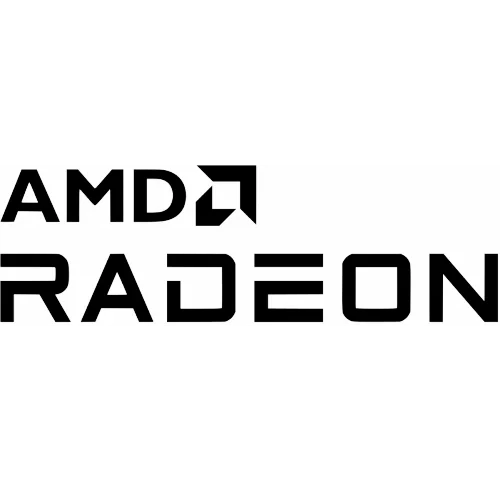AMD FreeSync 2 HDR Coming To The Linux Kernel In 2019

While the Linux 4.20 kernel (possible being re-branded as Linux 5.0) will kick off its development cycle today following the Linux 4.19 stable release, these FreeSync / variable rate refresh bits aren't found in the kernel... There is the AMDGPU DC bits within this open-source AMD kernel driver, but not yet the common Direct Rendering Manager bits for exposing the "VRR" properties to user-space.
That interface for exposing to user-space is what has taken a long time to get the different Linux driver stakeholders into agreement. But at this stage it looks like those bits will be ready for the follow-on kernel release, to be known either as Linux 4.21 or Linux 5.1 depending upon how Linus Torvalds decides to take the versioning scheme.
Happening concurrently are the Mesa patches for VRR/Adaptive-Sync and wire it up through the RadeonSI OpenGL driver. Those patches too have gone through several rounds of revisions and are likely to be merged as soon as the kernel user-space interface bits are merged upstream. That Linux 4.21~5.1 kernel cycle should kick off in the final days of December or early January.
Besides that interface coming about for this early 2019 kernel, FreeSync 2 HDR will also be wired up. Separate from the Adaptive-Sync/VRR patches we have been talking about recently, this week FreeSync 2 HDR support was queued into the open-source AMDGPU driver staging branch.
AMDGPU maintainer Alex Deucher has already begun staging code in drm-next-4.21-wip of driver improvements they are planning for this follow on kernel release. The most interesting code merged in there so far is FreeSync 2 HDR support (FreeSync 2 itself was rebranded as "FreeSync 2 HDR" this summer by AMD).
The FreeSync 2 HDR addition to this open-source Radeon graphics driver comes in at just around 200 lines of code on top of the existing display code. This latest version of FreeSync sets requirements around the maximum screen latency allowed, increased color volume, support for HDR content, increased display brightness, and other alterations to the spec.
Long story short, the open-source driver stack should finally be caught up for this technology to reduce/eliminate screen tearing, stuttering, and input lag... Come the first few months of 2019 and ideally in time for Fedora 30, Ubuntu 19.04, etc.
26 Comments

